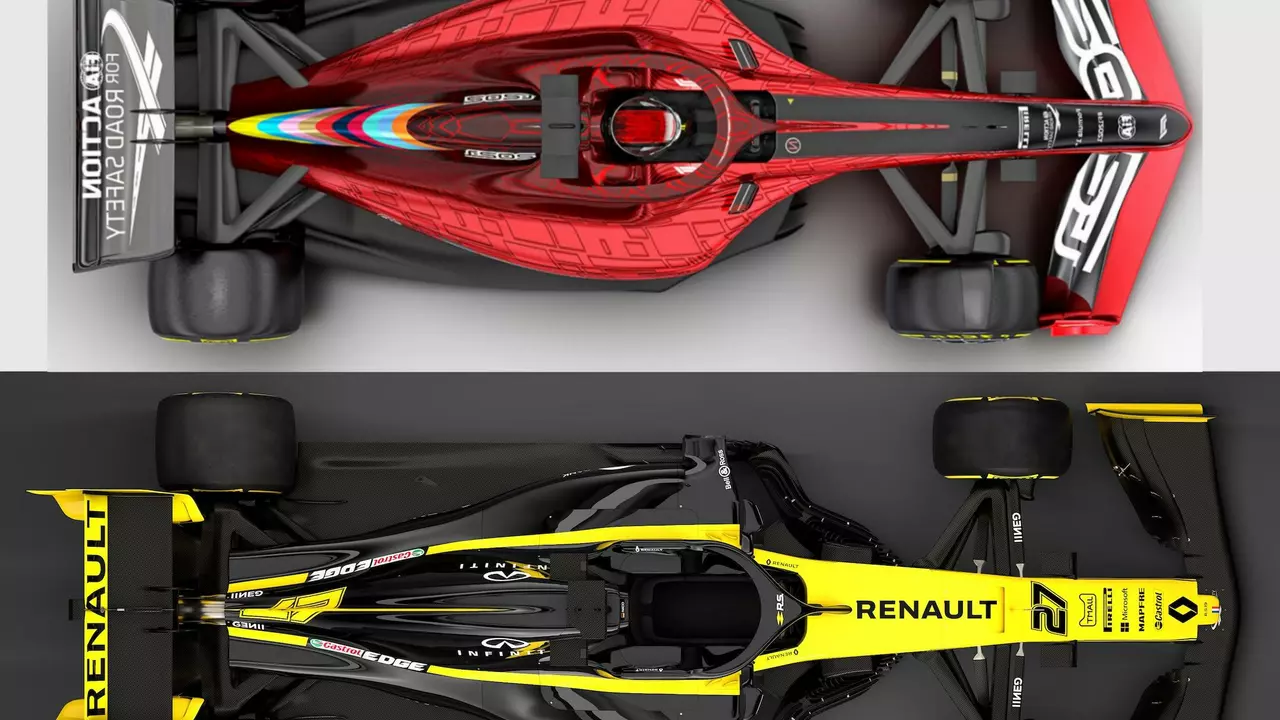Formula 1 Cars: What’s New and Why It Matters
If you love the sound of a V6 turbo screaming around a corner, you’re in the right place. Formula 1 cars are the fastest, most high‑tech machines on the road today, and they change every year. This guide gives you the top stories, the biggest tech trends and a few tips on what to watch in the next season.
Latest F1 Car News
The biggest headline right now is the new Audi entry for 2026. Revolut has signed on as the title partner, so the team will race as the Revolut Audi F1 Team. That means a fresh set of engineers, a brand‑new chassis and a power unit built under the 2026 rules. Those rules push manufacturers toward more sustainable fuels and simpler hybrid systems, so we can expect the Audi car to be a bit lighter and less complex than the current generation.
Other teams are also busy. Mercedes, Red Bull and Ferrari are already testing new aerodynamic pieces that could shave a tenth of a second off a lap. In practice sessions this summer, a couple of teams tried larger rear wings to cope with the hotter track temperatures. The changes may sound small, but in F1 they can be the difference between pole position and starting mid‑pack.
Key Tech Features to Watch
Every F1 car today runs on a 1.6‑litre V6 turbo engine paired with an energy recovery system (ERS). The ERS harvests energy from braking and the turbo, storing it in a battery that can power a short burst of extra speed. In 2026 the battery capacity will be reduced, so teams will have to manage the extra power more carefully.
Aerodynamics remain the heart of performance. The front wing, bargeboards and rear diffuser shape how air moves over the car. Small tweaks like a new vortex generator can improve downforce without adding drag. Keep an eye on how teams adjust these parts for each circuit – a car that looks fast on a straight track might need a different wing set for a twisty street race.Another trend is sustainable fuel. The sport is moving toward 100 % synthetic fuel by 2030. In 2026 we’ll see the first season where all teams run on fuel that isn’t derived from oil. The impact on engine performance is still being measured, but early tests show the power output stays close to current levels.
Finally, data analysis is more important than ever. Drivers get real‑time telemetry on their steering wheel, while engineers use AI tools to predict tire wear and optimal pit windows. If you watch a race, listen for the radio when a driver says “Pit now” – that call is often backed by a flood of numbers and predictions.
Whether you’re a casual fan or a seasoned follower, staying on top of these changes makes every race more exciting. The next time you hear a Formula 1 car roar past, you’ll know a little more about what’s under the hood and why it matters.




